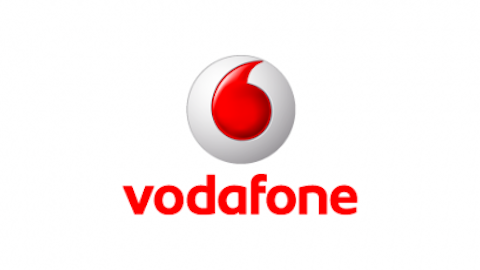Competitive landscape
BP largely competes with Exxon Mobil Corporation (NYSE:XOM) in the downstream business. Exxon Mobil Corporation (NYSE:XOM) generates the highest percentage of its income through downstream operations (petroleum products) at around 71%. This is followed by crude oil and natural gas liquid (NGL) production as well as chemicals at around 9.5% each. The remaining portion of revenue is split between equity affiliates and natural gas.
Exxon Mobil Corporation (NYSE:XOM) is one of the largest companies by market cap and revenue. Its present market cap stands at $407 billion and its share price trades at round 97% of its 52-week high.
The company now plans to grow its presence in the upstream business, as large investments in exploration are on the horizon. It plans to invest $185 billion during the course of next five years in order to develop the upstream business.
During 2011, the company already spent more than $30 billion on exploration to strengthen its upstream business. The company expects to maintain an investment profile of $37 billion annually until 2016. The company has 21 gas projects in the pipeline through 2014. Since last year, the company has initiated nine projects, which are expected to add approximately 1 million net oil barrels each day until 2016. The nine upstream projects are expected to begin in West Africa, Kazakhstan and Canada
Similarly, BP plc (ADR) (NYSE:BP) (ADR) also competes with Chevron Corporation (NYSE:CVX) both in upstream and downstream businesses. Chevron generates the largest percentage of its revenue through refined products and chemicals at around 47.5%, followed by crude oil and NGL at around 42%.
Chevron Corporation (NYSE:CVX) operates on an EBITDA margin of 25%; however, the upstream business operated on an EBITDA margin of approximately 38% during fiscal 2012. The EBITDA margin for the upstream business increased 6% in the last four years primarily due to increases in the average prices for crude oil & NGL.
As per the projections offered by Trefis, the EBITDA margin is expected to decline in the future, as a large percentage of the company’s production stems from shale and oil sands, which are relatively expensive sources. Any downside or upside to its stock price in the long run will depend on how Chevron Corporation (NYSE:CVX) plans to manage those costs in the future.
What can hurt its higher valuation?
The oil spill disaster during 2010 resulted in BP making a whopping payment of approximately $33 billion. According to the company’s management, the spill charges recognized by BP stood at around $42 billion during fiscal 2012.
However, the rising claims associated to the incident forces me to hold a marginally conservative price estimate on BP’s stock. The uncertainties related to the claims have led to BP ignoring the previous guidance for the expenses.
While the company is trying hard to sort the matter, if the costs associated with the claims rise significantly, there may be a marginal downside to its stock in the near term. Investors should closely follow BP’s stance on dealing with the rising claim charges.
Despite the oil spill debacle, I expect the stock to outperform in the long run on the grounds of the projects launched during last year and the expected launches in the next two years.
Ashit Gulati has no position in any stocks mentioned. The Motley Fool recommends Chevron. Ashit is a member of The Motley Fool Blog Network — entries represent the personal opinion of the blogger and are not formally edited.
The article Is There Upside to BP’s Present Trading Price? originally appeared on Fool.com is written by Ashit Gulati.
Copyright © 1995 – 2013 The Motley Fool, LLC. All rights reserved. The Motley Fool has a disclosure policy.
